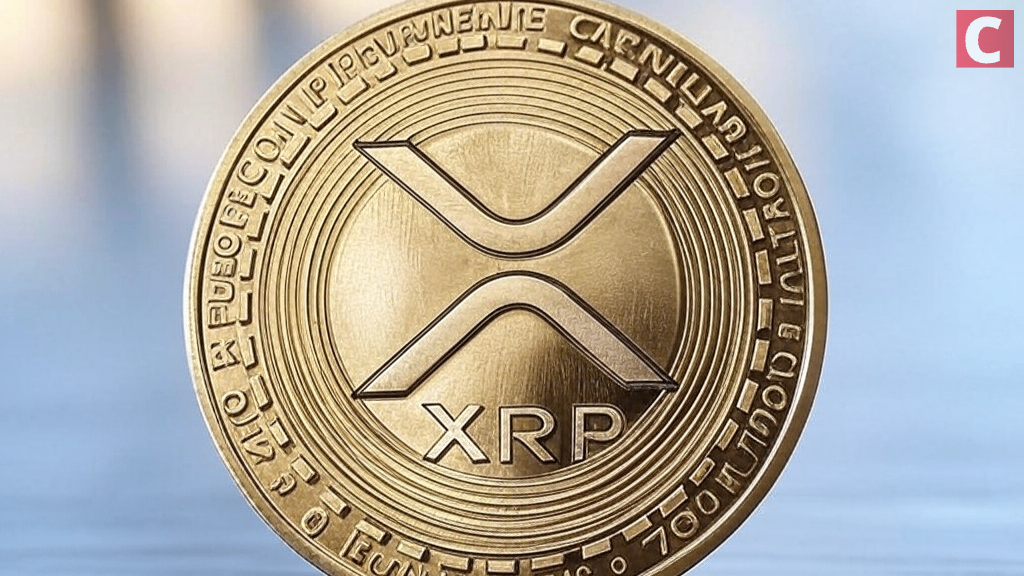
April 11th, 2025
Enjoy the latest Luna Classic (LUNC) news and get crucial up-to-date insights on market developments within the Terra Classic ecosystem, including updates about innovations, partnerships, and efforts made by members of its longstanding community.

The verdict sets a key precedent that could influence future legal classifications of virtual assets in South Korea.
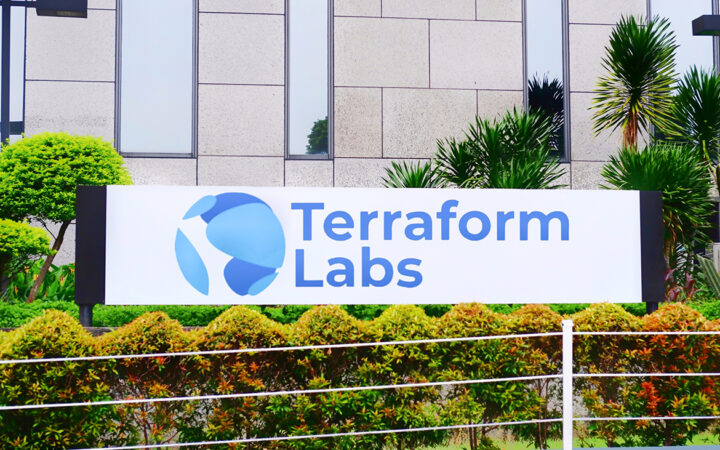
The Terraform Labs startup is on track to wind down its operations after receiving the approval from Judge Brendan Shannon.
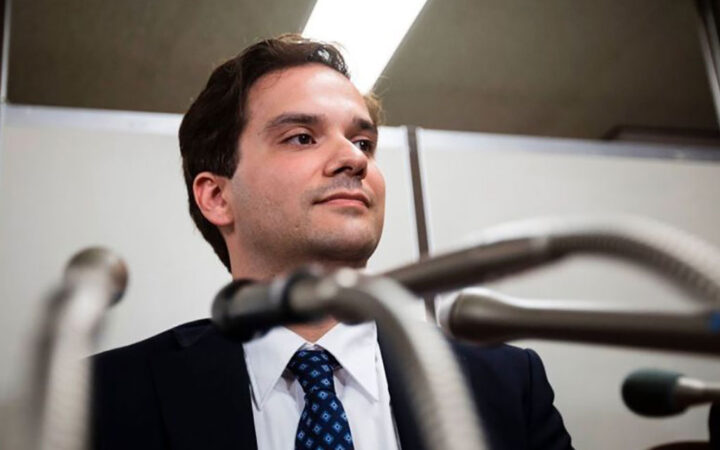
The crypto industry is currently in a phase where investors prioritize transparency and robust security.
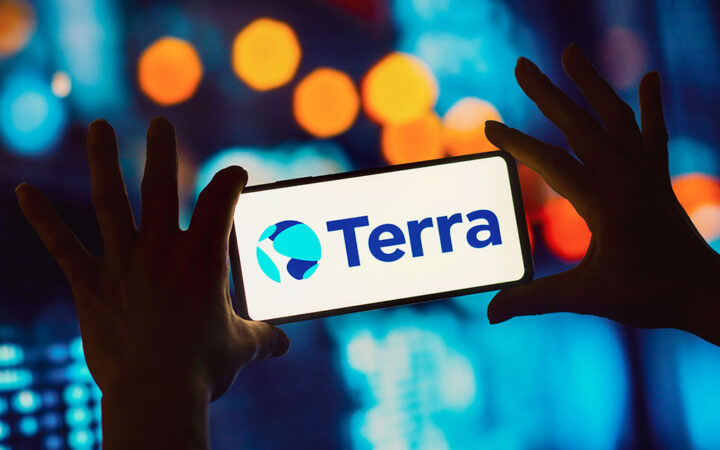
The shift from TFL to community management will significantly impact the Terra ecosystem and the LUNA token.
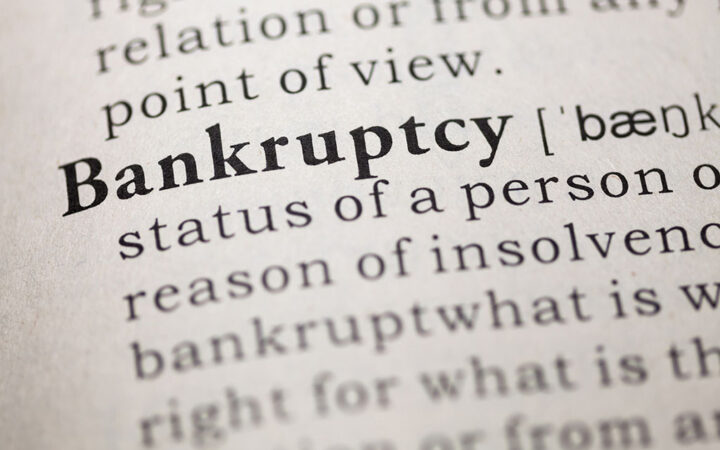
The $4.5 billion SEC settlement marks one of the largest in crypto history, effectively barring Terraform Labs and its co-founder Do Kwon from the crypto industry.
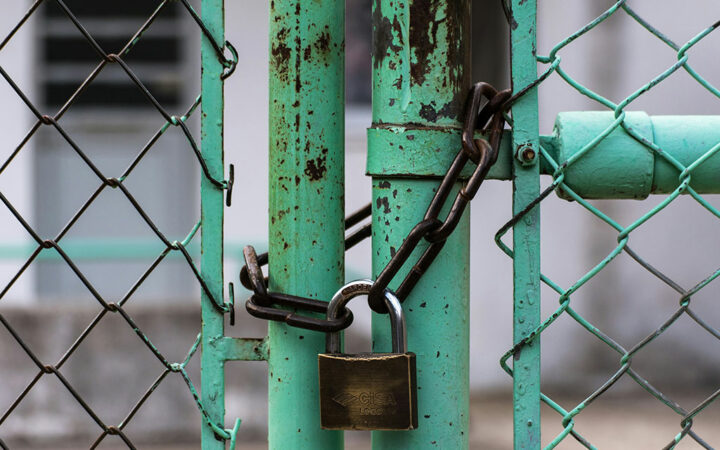
As a result of the Terra blockchain exploit report and the blockchain suspension, the ASTRO token price collapsed by a staggering 60% from around $0.045 to as low as $0.01313 earlier today.
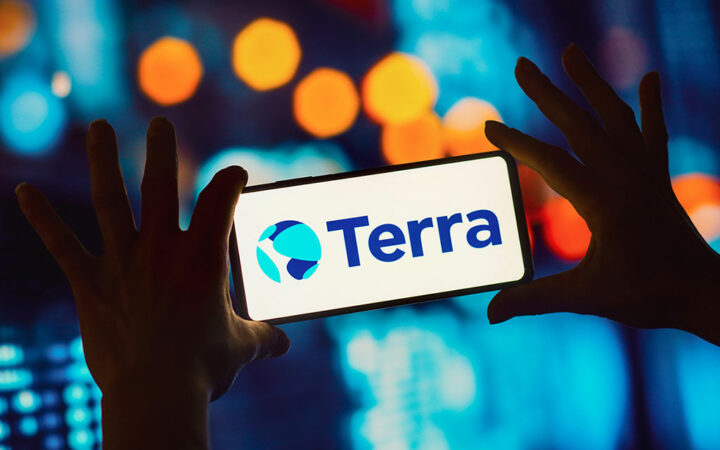
Once Terra blockchain discovered the attack, the team launched emergency measures to contain the situation. This helped prevent further damage and ensure that more tokens are not siphoned.
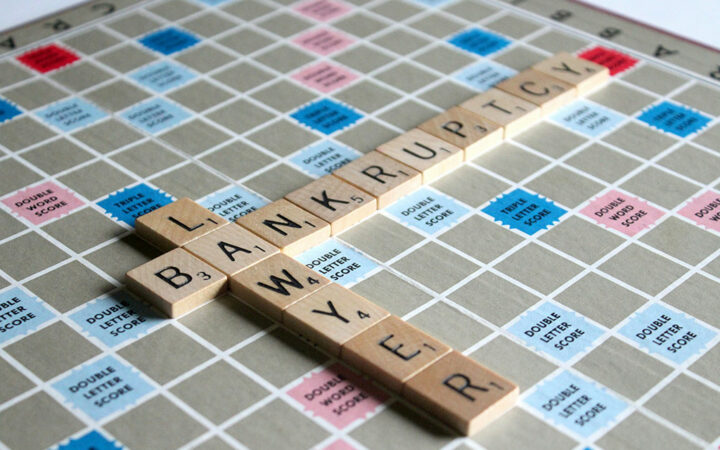
This deadline for claims is a key part of Terraform Labs’ strategy to handle its financial and legal issues.

The Digital Asset Alliance, which represents crypto companies, has said it will conduct a proper review of 1,333 altcoins over the next six months.
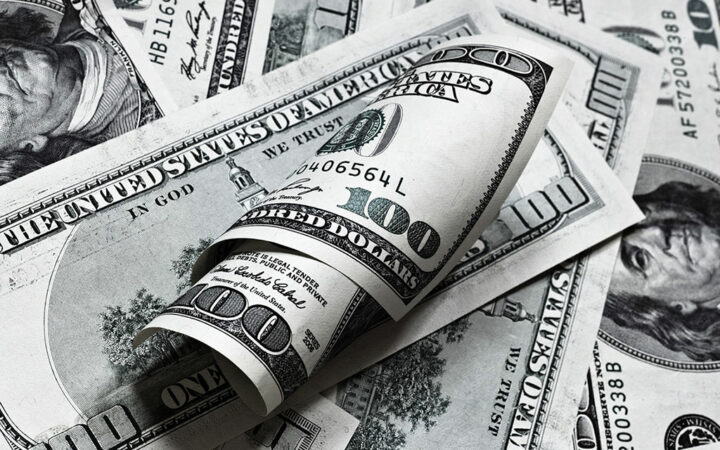
Although the reason behind the transfer is not very clear, LFG earlier announced that it is set to move assets toward direct custody to enhance the fund’s security.
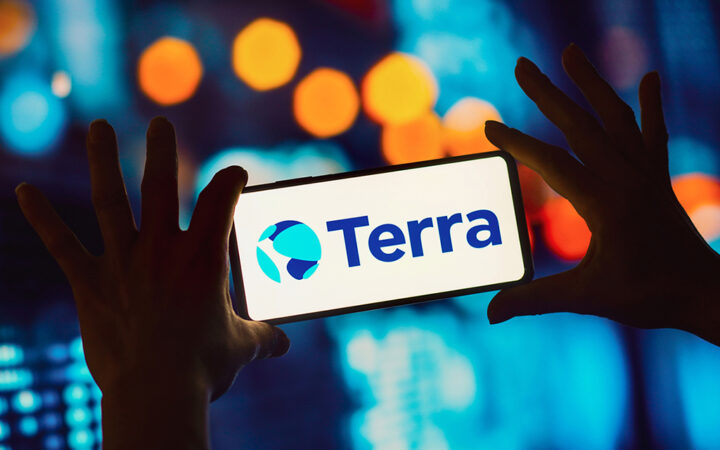
Lawyers representing Terraform Labs stated that the SEC should effectively seek the penalty from the Luna foundation Guard (LFG) which is a non-entity in this case as of now.
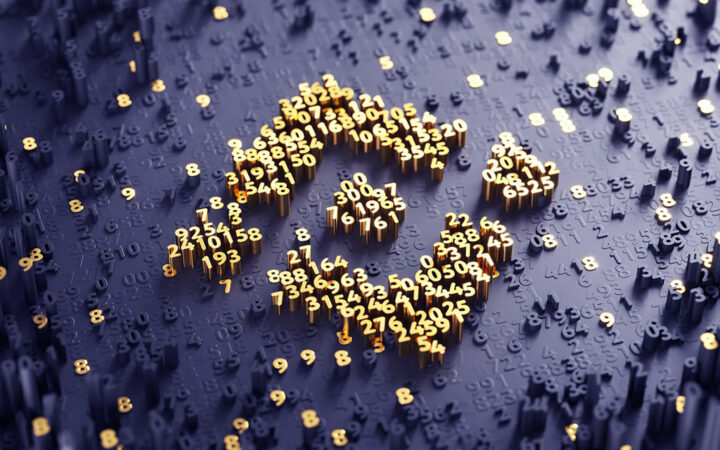
If found guilty by Judge Richard Jones, the former Binance CEO could face up to 10 years in prison, although the sentencing guidelines recommend a jail term of 12 to 18 months.

Crypto fraud cases in South Korea are currently on the rise as the industry gains momentum in the country.

Since the arrest of Do Kwon, both the United States and South Korea have submitted extradition requests, setting the stage for a legal war between the two countries.

Officials in both the United States and South Korea have been vying for jurisdiction over Do Kwon’s fraud allegations. The Terra co-founder’s extradition timeline remains uncertain.
Luna Classic LUNC $0.000058 24h volatility: 0.2% Market cap: $316.63 M Vol. 24h: $12.19 M is a rebranded version of the original Luna token, renamed after the Terra collapse of 2022. Due to the fallout from the crash, the Terra blockchain eventually forked to create a new chain known as Terra 2.0, with a LUNA token.
The original Terra Classic (renamed from Terra) continued operation along with the Luna Classic (or LUNC) token. Despite its rocky past, Luna Classic has maintained a dedicated community of supporters relentlessly pushing for recovery.
As part of recovery efforts to maintain value, the Terra Classic network implemented a burn tax feature that sends a percentage of LUNC transactions to a dedicated burn wallet. The aim is to continuously slash the supply of LUNC, which increased drastically following efforts to restore the peg UST (stablecoin of Terra) maintained with the US dollar. These efforts had pushed LUNC circulating supply from about 400 million to more than 6.5 trillion.
The initial burn tax for the blockchain was 1.2% of every transaction and was later reduced to 0.2% to support network activity. However, the tax eventually rose to 0.5% after the previous rate failed to make a significant difference to the circulating supply.
Major exchanges like Binance and KuCoin have also supported burn tax efforts with their own separate decision for further burns. Most of the crypto community agrees that LUNC recovery largely depends on the success of the burn mechanism.
According to a LUNC Burn Tracker from luncmterics.com, by September 2024, more than 133 billion LUNC tokens have been burned since the burn tax was introduced in May 2022.
The burn mechanism is a continuous feature that happens every day. The number of tokens burned is not static and depends on the volume of LUNC transactions initiated and processed per day.
LUNC’s potential recovery depends on several factors. These include the success of the burn program and continued community support. With these factors in place, a recovery could happen in the long term.